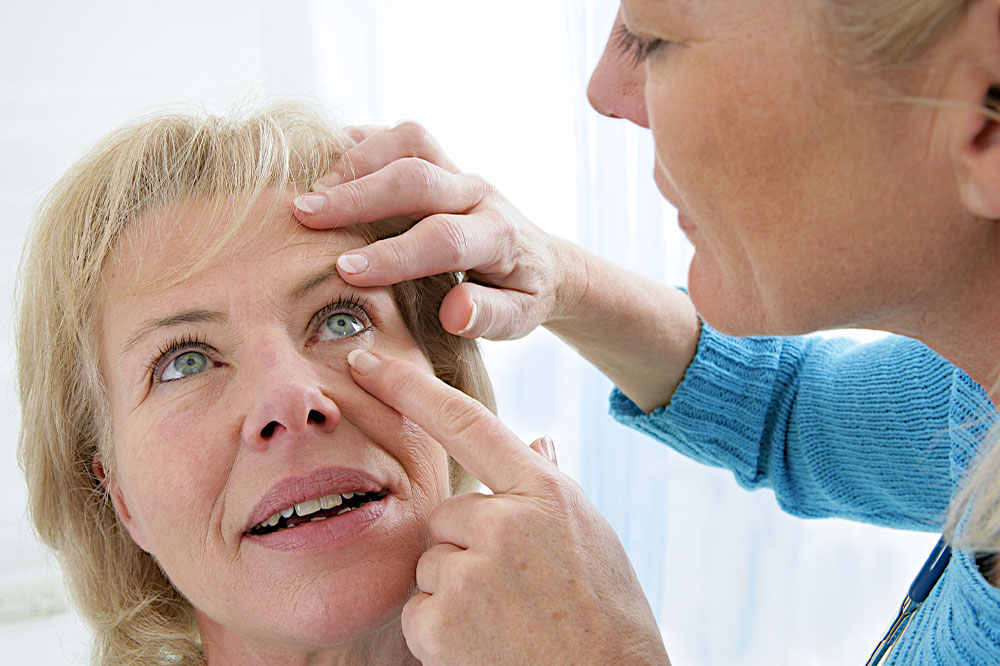
9 common types of disabilities to know about
A disability can prevent one from carrying out regular activities in any aspect of one’s life, such as school, work, or home. Thus, when a person qualifies for disability aid, the government offers financial and healthcare benefits to help ease their quality of life. To help one understand this further, here is a list of nine common disabilities. It includes the conditions and disabilities that allow one to receive insurance and income from the government.
Neoplasms
A neoplasm is an abnormal growth that turns into a tumor or lump in the body. It occurs when cells multiply faster than usual. Furthermore, the growths could be cancerous, precancerous, or benign. If a tumor continues to grow, it may spread to other parts of the body, affecting various organs and leading to fatalities. Common types of neoplasms include lipomas, hemangiomas, adenomas, and fibromas. Individuals affected by the conditions might experience symptoms like shortness of breath, diarrhea, anemia, fatigue, and night sweats. These symptoms, in addition to others, make it difficult for the affected individual to maintain a normal lifestyle. As for statistics, about 3% of people with a neoplasm-associated disability qualify for healthcare benefits.
Intellectual disabilities
The category comprises up to 9% of people on healthcare benefits. Intellectual disabilities might involve learning, problem-solving, and adaptive behavior limitations, which can make it difficult for an individual to learn, retain, or communicate information naturally. A few types of intellectual disabilities include Down’s syndrome, fragile X syndrome, and Prader-Willi syndrome. One may prominently display the symptoms of intellectual disabilities before the age of 18.
Organic mental disorders
Chronic organic brain syndromes (organic mental disorders) are complications in the brain that result in severe psychological or behavioral issues. The problems might be temporary or last throughout one’s life. A few examples of organic mental disorders are amnesia, Alzheimer’s disease, delirium, and dementia. One may experience symptoms such as poor learning capacity, a decline in memory, language barriers, and a reduced ability to understand anything. Someone with an organic mental disorder may also experience trouble with judgment, such as the ability to think and calculate. About 3% of individuals with this type of disability may qualify for healthcare benefits.
Nervous system and sense organs
The nervous system encompasses the sensory organs, nerves, spinal cord, and the brain. Furthermore, the system enables the decision-making process and also ensures prompt communication between all body parts. However, some individuals might suffer from nervous system and sense organ disorders that may prevent them from participating in regular activities. This group of disabilities accounts for about 10% of those receiving healthcare-associated benefits. A few complications related to the nervous system include functional disorders like epilepsy and neuralgia and infections such as meningitis and polio. One may also suffer from degenerative diseases, such as multiple sclerosis and Parkinson’s disease, and structural disorders, including Bell’s palsy, spinal cord or brain injuries.
Circulatory system
Disabilities associated with the circulatory system make up about 7% of the individuals on disability benefits. The circulatory system delivers oxygen, hormones, and nutrients to various cells in the body. It is also responsible for removing unwanted material from the cells and organs. The arteries carry blood away from the heart, while the veins help transport blood back into the vital organ. However, many people are susceptible to circulatory diseases, including high cholesterol, heart attacks, atherosclerosis, heart failure, dysrhythmia, and arrhythmia. Artery disease and stroke are also some complications that might lead to temporary or permanent disabilities.
Mood disorders
Estimates indicate that about 13% of those with mood disorders qualify for disability benefits. One may suffer from various types of mood disorders, such as cyclothymic disorder, seasonal affective disorder (SAD), major depressive disorder, and bipolar disorder. One may also experience other complications, such as persistent depressive disorders (dysthymia), mental illness, and premenstrual dysphoric disorder. Such disorders may drastically affect a person’s emotions and mood and result in debilitating symptoms like an extreme sense of emptiness, sadness, and irritability.
Injuries
Studies show that about 3% of people who suffer from an injury may qualify for disability benefits. One may suffer from injuries that cause permanent disability, which restricts them from working as they did before. A couple of examples of injuries that may qualify for healthcare benefits are severe burns, loss of hearing, visual impairment, amputation, loss of speech, and vertebral fractures. In most cases, an individual will qualify for healthcare benefits if the injury has resulted in a complete disability.
Musculoskeletal system and connective tissue
The musculoskeletal system includes parts of the body such as ligaments, bones, cartilage, and other connective tissue. The system further connects the bones and helps one maintain regular movements. This makes it nearly impossible for one to stand, sit, or walk without a skeletal system. The most common disorders associated with the musculoskeletal system and connective tissue include spine disorders, ruptured discs, degenerative disc disease, fibromyalgia, and arthritis. This group of disabilities makes up about 30% of people receiving health benefits.
Schizophrenic and psychotic disorders
Disabilities caused by schizophrenic and psychotic disorders comprise about 5% of individuals who receive disability compensation. The symptoms of such disorders might include catatonic behavior, disorganized speech, hallucinations, and delusions. These symptoms can make it difficult for one to engage in regular work, socialize, or participate in other regular activities. One should also note that around 4% of the individuals who qualify for disability benefits have other mental health disorders. Individuals could check the criteria for eligibility with a local government organization or their healthcare provider.




